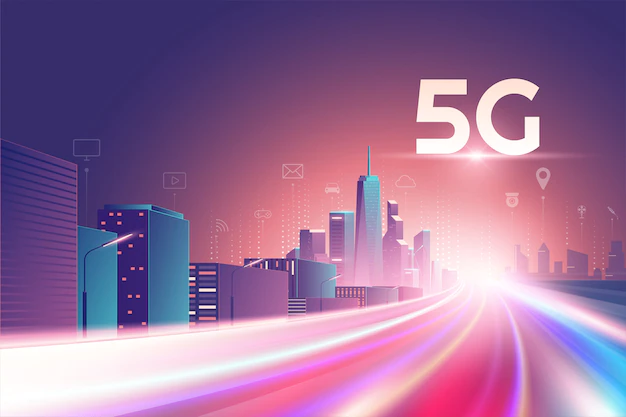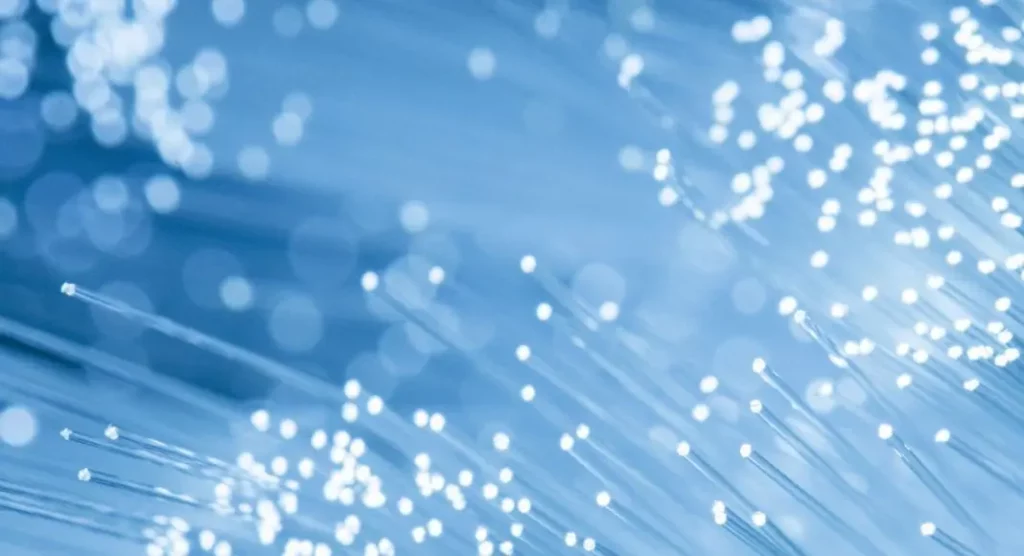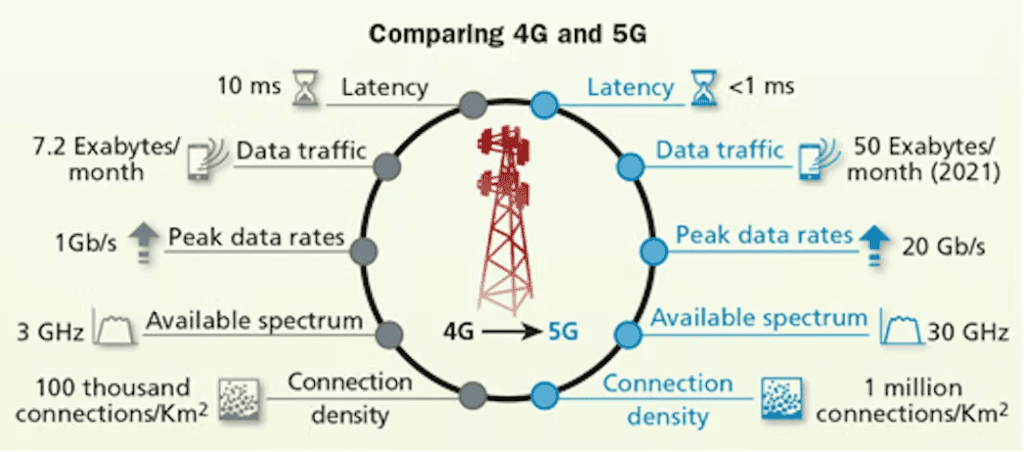As of now, the 5G network is assessable to everyone around the world. It’s important to understand how much faster it will work. However, the 5G networks have promised that people will connect via applications and intelligent networks. All of this generates a large number of data. The 5G promises to generate the best performance and connect many devices simultaneously. This advancement in networking will inspire and enable new computing waves.
Along with it, there is the possibility that multiple devices can be connected easily with the integration of a fiber network in the 5G. So in this article, we will discuss the importance of adding fibers to the 5G network to make the networking speed faster.
How is 5G different from other generations?
Of course, as the names are just, it is the 5th generation that is more advanced than the previous one in many ways. First, the 5G motive is to connect society without network disruption. This will allow for seamless video calls, and calls can be connected easily from anywhere, not only that the introduction of a new generation has a great impact on society.

Features of having 5G
Especially the IoT, which is the Internet of Things, has already said that the country’s economy will be transformed, changing how people live. With the introduction of the 5G network, there will be modification and creation of new opportunities in the economy. Below are some of the features we will see after the full inclusion of the 5G network in our society.
- 5G smart cities, communities, and buildings would give citizens a more efficient performance. Apart from this, there will be an increase in collaboration in economic sectors. Apart from this 5G network will encourage building innovative business models for both the public and private sectors.
- 5G also has a great role in health sectors. It will allow the use of virtual medicines that’ll enhance their effectiveness. Apart from this, we could also see robotic surgeries.
- In the 5G smart cities, we can also see automatic vehicles that will make transportation much safer. Parking the vehicle will be easier, and there will be an improvement in the traffic flow.
So all these depend on having 5G data. There is a high need for high bandwidth and low latency to fasten the networking services. Edge computing is consequently required to facilitate the rapid conveyance of crucial data. But to increase the speed, a fiber-rich infrastructure is needed.
Need for the introduction of fibers in everything
Fibers are very important, especially for next-generation networking 5G. Even before the release of 5G, fiber has played a crucial role in other generations. The 2G connects most of the major cities. On the other hand, the 3G network brought all the people from towns, sub-urban places, and cities closer. The speed was estimated to be high, around 100Mbps, with unmatched networking reliability.

Next comes the 4G, which played a great role in bringing everyone together and a huge role in gaming. With the introduction of 4G, video conferencing has become much easier. Now we are prepared for the 5G networks, which will greatly impact society with countless features. It comes with a bandwidth that will be 1000 times greater. If we talk about latency, then it will be less than milliseconds.
And last but not least speed will be around 10 Gbps. So wherever you sit, you will get a great network connection. We know that fiber is important, so 5G has already been ready to integrate with fibers. So how will it be done? So for this process, small cells will be helping to introduce the fiber in the 5G, so it has to make faster 5G services.
Need of small cells for 5G
Shortly, there will be a great need for small cells in the 5G environment. It will help to bring fiber backbone to the 5G. Along with that, it will utilize high-frequency range to improve the experience of customers, especially in the wireless points. Here the small cells don’t mean the body cells. These are networking units that will backhaul the fibers. So insured, we can say that 5G will depend on deep fiber cells shortly.
5G needs fiber!
This is one of the statements that we should pay attention to. It not only depends on the 5G. It includes all the wireless technology generations required to handle high-speed internet traffic.
There are certain rules which are needed to be followed in the wireless network. The first thing is to bring the signals from the air to the ground, as the ground will be the available point of networking.
The government has decided to spend almost $40 billion on broadband. It will be a great initiative for investment in infrastructure. The money given by the US Department of Commerce will get directly to all different States of America.

Is 5G the future of networking
We are still learning about the use of 5G. The networking future revolves around the use of fiber. Fiber integration into the 5G is important to enhance networking speed. In the era of 5G, there will be a layered structure of software, server, and fiber. Suppose we look at the network of 5G; then,
it’s open, capable, and simple. Apart from this, it should be characterized as virtualized, centralized, and upgradeable.
- Upgradable – The network must have availability, capacity, and storage.
- Centralized – The network should be centralized.
- Virtualized – In addition to being extremely flexible, network servers must be able to perform several layer tasks such as switching, routing, and storage.
Summing Up
Technological innovation will soon change everything around us to make our lives more comfortable. However, before 5G has become a fact, the network infrastructure must be ready to handle those trillion of Mbps of data and trillions of devices which will saturate it. To get the best benefits of 5G, fiber is required, and the networking infrastructure will act as a key indicator that will give all the information about the performance. This includes battery life, high rate of data, low latency, and high reliability.

